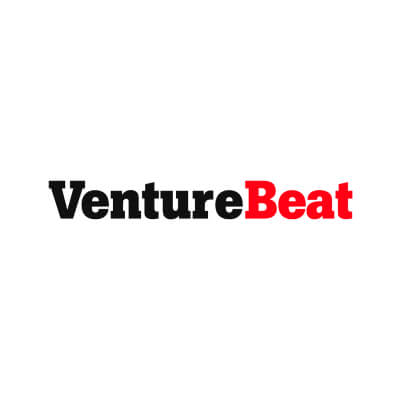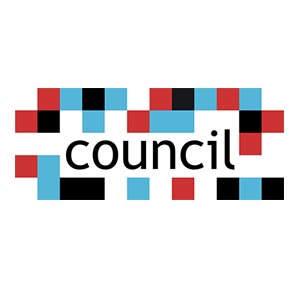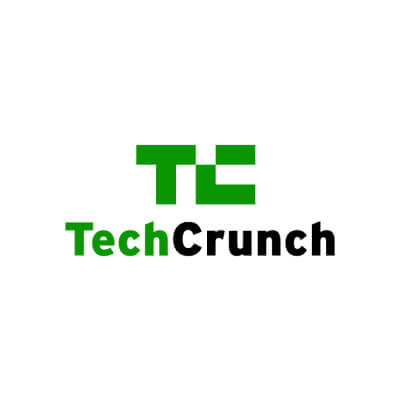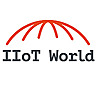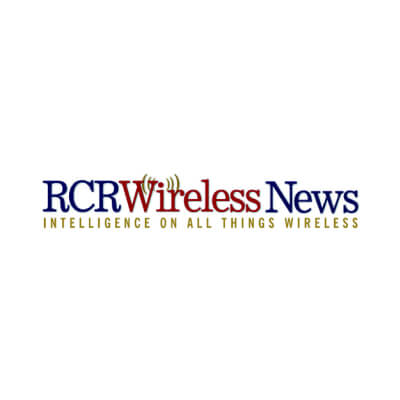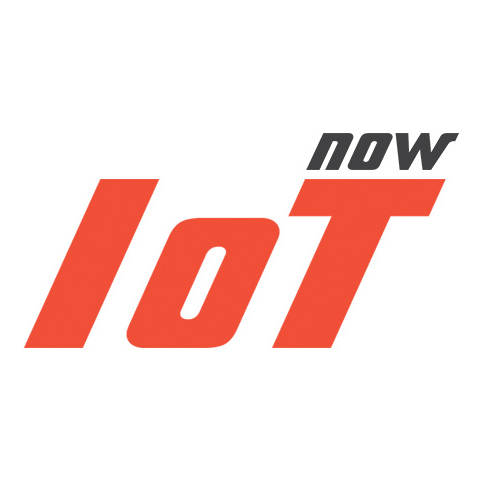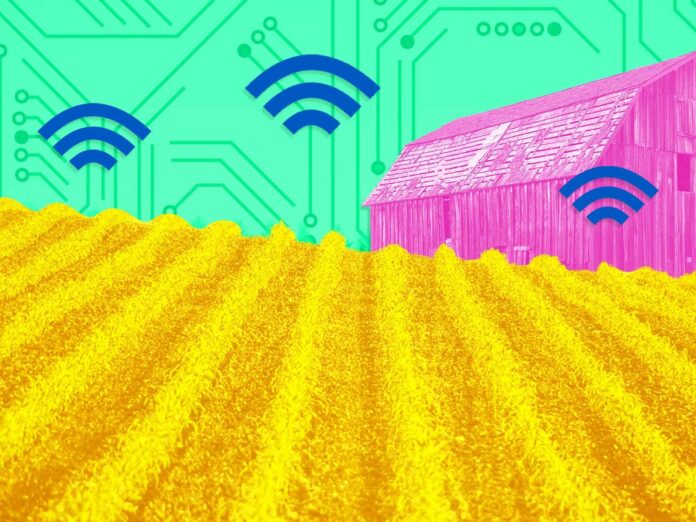
As “things” are involved in virtually every human activity, applications of the Internet of Things (IoT) span across disciplines. With help from digital technology, we may even be able to solve some of society’s biggest issues, including food insecurity, which is prevalent around the globe. IoT, bioengineering, and urban farming methods can be used together to increase agricultural production in developed and undeveloped nations alike.
Modern food production methods are already unable to keep up with demand, and agricultural industry leaders should take note. Unfortunately, the large-scale farming that is crucial to feeding an ever-increasing population is problematic, for a number of reasons, and there’s plenty that can (and does) go wrong. For starters, agricultural production on a large scale harms the planet via greenhouse gas emissions, deforestation, and the use of monoculture. What’s more, a sudden pest infestation or disease can destroy entire crop fields and contaminate the soil for years to come.
According to the United Nations (UN), the global population will exceed 9 billion by 2050, requiring 60 percent more food production in order to feed everyone. The UN further claims that sustainability is a key component in managing agricultural systems and production into the future. In an effort to find solutions, agricultural systems managers are increasingly turning to technology. From bioengineering to IoT, today’s newest technologies may help increase the longevity, distribution, and even biological resistance of plants against disease.
From Pollution to Monoculture: Challenges for Agriculture Industry
In many ways, society owes its very existence to the agricultural industry. The advent of agriculture allowed traditionally nomadic cultures to settle down, planting the seeds for modern society. The world’s earliest farmers domesticated plants and animals, and methods for producing high crop yields evolved over time.
In the 21st century, monoculture is widely touted as a low-cost, high-yield method of agricultural production. Yet for all its benefits, monoculture is problematic for a number of reasons, two being the following:
- The practice of monoculture involves planting the same crop in the same location, year after year, robbing the soil of nutrients.
- Monoculture farms are also susceptible to pests and disease, and entire fields of produce can be lost in a single infestation.
The news isn’t all bad when it comes to modern monoculture; however, and bioengineering may help bridge the gaps. In the realm of disease eradication, bioengineering has shown promise, at least when it comes to humans. According to reports from the University of California Riverside, scientists have long used bioengineering to stamp out deadly diseases like malaria. For example, when genetically modified mosquitoes were released into the wild, the world saw a 37 percent decrease in malaria cases. Similarly, bioengineering technology can be used for agricultural production by leaders in the industry to eradicate disease and other pests.
Analyzing Data and Bridging Gaps with IoT
But even the most innovative bioengineering methods won’t aide with the eradication of hunger without help from the agricultural IoT. Data shared within IoT can provide valuable insight into what works and what doesn’t, in various locations around the world. Agricultural sensor technology is already used in Germany, the United States, China, and India, and we have gleaned much from the information gathered by those IoT devices.
Smart agriculture devices collect data on everything from soil quality to moisture content, and can even be used to monitor the health of livestock. Sensors can also monitor the health of agricultural equipment, to ensure that machines are running at optimal efficiency and that there are no mechanical issues that may be affecting output. Using sensors, farmers can identify potential sources of waste, including water and pesticides, and use that data to make informed decisions in an effort to reduce costs without compromising soil health.
But sensors and IoT data have applications that span well beyond the farmer’s field. Indeed, IoT devices are also beneficial from an agriculture management standpoint and can streamline the process of getting food to the consumer’s dinner table. Distribution is vital to the agricultural production process, and IoT devices are beneficial in this regard as well.
Feeding Urban Populations Close to Home
Food insecurity is felt around the world, but it can look different depending on geographic location. Generally speaking, city dwellers are far removed from natural food sources, and healthy food access is crucial for feeding an ever-increasing urban population. Fueled by technological advancements and IoT data, some agricultural industry leaders are looking upwards for solutions, and urban farming has become a hot commodity in terms of combating food insecurity.
When it comes to sustainably feeding urban populations, San Francisco is at the forefront of innovation. At an indoor farm run by Plenty Inc., IoT and vertical farming intersects in a cleanroom environment, and the results are encouraging. Inside Plenty’s cleanroom, crops are grown in a carefully controlled environment equipped with plenty of sensor monitors. As a space-saving measure, crops are planted vertically rather than in traditional garden beds, in massive structures that reach upwards of 20 feet high. Upon harvest, the bulk of the produce grown is distributed and sold locally.
Key Takeaways
The realm of the agriculture industry is more complicated than ever, and technology like bioengineering is at the forefront of change for agricultural production. Farmers and agricultural industry leaders can make better-informed decisions with data gleaned from IoT, increasing crop production and potentially improving public health in the process.




 Related Podcast Episode
Related Podcast Episode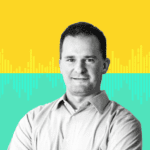
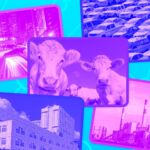
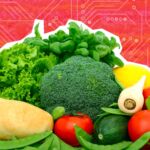
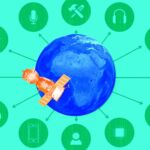

 Related Applications
Related Applications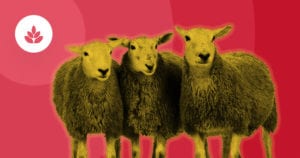
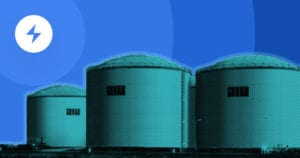
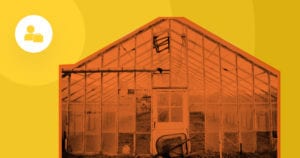

 Latest IoT News
Latest IoT News